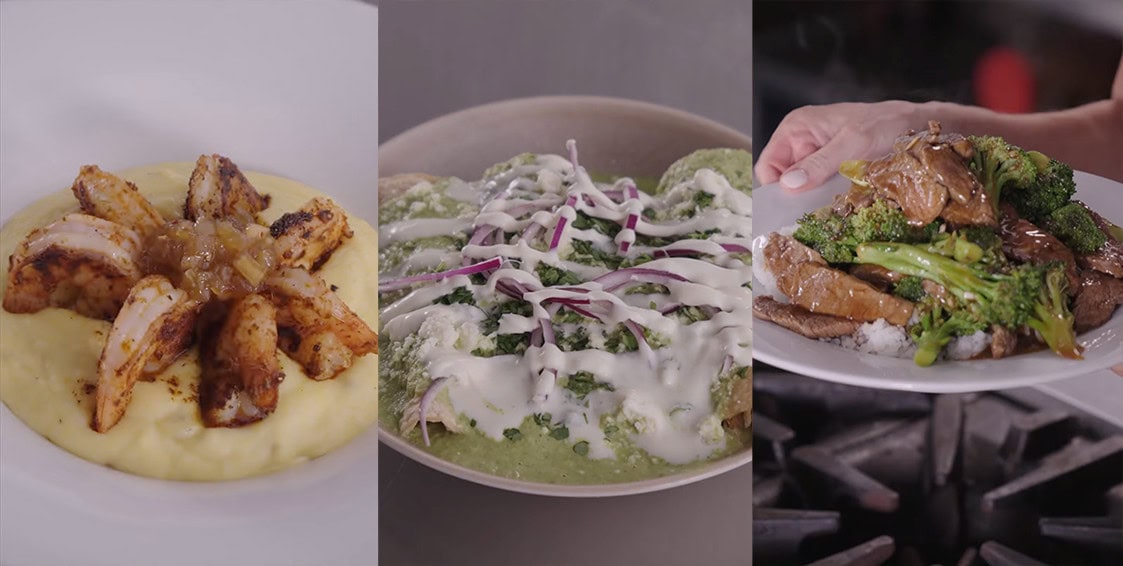Practicing Portion Control

Practicing Portion Control: Food and Our Home Environment
By: Lisa Cooper, MS, RD, LD/N
The way food is presented to us impacts the amount we eat. Package size, food labels, plate size and even the location of the food has an effect on our ability to control portions.
Labels!
Package sizes play a big role in our eating habits. Between 1977 and 1996 the portion sizes of salty snacks, like pretzels and chips, increased by 93 calories (1.0 to 1.6 oz packaging), while soft drinks gained 49 calories (13.1 to 19.9 fl oz). To put that in perspective (and pounds), adding about 10 extra calories per day results in a one pound weight gain over a year. Small, incremental changes in snack portions impact weight.
How much should I eat?
It’s difficult to judge how much to eat. Given a large portion of macaroni, study participants ate 162 calories more than people served smaller portions. A larger portion appears to give us permission to eat more. The good news is that this method works for vegetables too. The larger the vegetable portion, the more vegetable eaten!
Visual Cues
Putting food out of sight helps cut calories. At work, move the candy dish off your desk and place it at least 6 feet away to reduce the amount of candy you eat . At home, hide cookies and high-calorie snacks in the cupboard instead of on the counter. Limit second portions by placing serving dishes on the stove instead of on the table.
The size and shape of your dishes impact the amount you eat as well. Tall, narrow glasses look more filled, while wide glasses look less filled — even when filled with the same amount of liquid.
This visual trick works for plates too! Food served in square containers appear larger than in round ones. Serving food on a smaller plate also makes a smaller portion look big.
Plan, Plan, Plan!
Meal planning has been reported to be the most powerful predictor for the amount consumed. Planning the meal, preparing the proper amount, and portioning the correct serving are key factors in controlling portions at home.
Recipe for Success
- Read food labels carefully for portion sizes and calories.
- Use a smaller plate (square if available!) and measure out correct serving sizes. Use measuring cups, measuring spoons or a scale to ensure proper serving size.
- Measure the amount of liquid in a tall thin glass, then mark the correct serving on the glass.
- Serve dishes from the stove instead of at the table.
- Place high calorie snacks and desserts out of sight.
- Plan menus and create meals that are easy to prepare.
Want more info? Click here and learn how to control portions at restaurants.

About the Author
Lisa Cooper is a dietitian specializing in prevention and wellness at Orlando Health. She is a registered and licensed dietitian with a Bachelor of Science degree from Ohio University and a Master of Science in Human Nutrition from Case Western Reserve University.
Share This Post
Share this Post
you might also like
Small changes can make a big difference to your health. Try incorporating at least six of the eight goals below into your diet.














